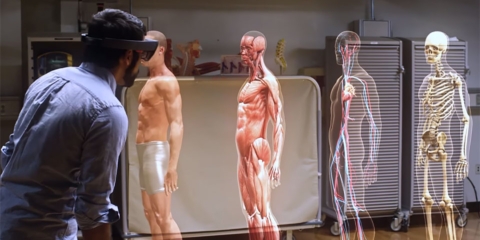Would you like to get notifications from Christian?
Wat is er gebeurd?
Het vermogen van cellen om zichzelf te organiseren in specifieke patronen in weefsels die een functie vervullen, is een universeel kenmerk van het leven. De strepen van een zebra, onze wimpers, de spiraal van zaden in een zonnebloem, en de doolhofpatronen van slangenhuiden zijn slechts enkele voorbeelden. Met behulp van geavanceerde technieken hebben onderzoekers van de Northwestern University voor het eerst cellen op hun plaats zien gaan in het zich ontwikkelende zeshoekige patroon van het oog van de fruitvlieg. Onderzoekers van de Northwestern University hebben ontdekt dat bij de vorming van het patroon mechanische krachten betrokken zijn, en niet alleen chemische signalen die tussen cellen worden uitgezonden. Met behulp van de allereerste live beeldvorming zagen de onderzoekers cellen in positie bewegen terwijl het oog zich ontwikkelt; de cellen zijn niet statisch zoals eerder werd aangenomen. Deze belangrijke ontdekking levert principes op die moeten worden uitgebreid tot andere patroonsystemen.
Lees het hele artikel: https://bit.ly/3Iijp9w
Waarom is dit belangrijk?
Heb je ooit het gevoel dat je leven een puinhoop is? Dat ondanks al je inspanningen, de dingen gewoon niet lijken te gaan zoals je zou willen? Misschien ben jij het niet. Misschien, heel misschien, is het de manier waarop we onszelf organiseren die de fout is. Cellen organiseren zichzelf al miljarden jaren, dus waarom lukt het ons niet? Misschien kunnen we door te observeren hoe zij het doen, verbeteren hoe de mens zich organiseert. Wie weet wordt de wereld voor iedereen een stuk overzichtelijker als we een voorbeeld nemen aan onze cellulaire neven en nichten! Door levende cellen te observeren en te zien hoe zij zich gedragen, kunnen wij meer te weten komen over zelforganisatie, autonomie, communicatie in grote complexe organisaties. We weten allemaal dat de natuur vol ontzagwekkende wonderen zit. Maar soms waarderen we niet hoe geweldig het is, totdat we het van dichtbij bekijken.
Christian is a futurist and trendwatcher who speaks about the impact of exponential technologies like AI on organizations, people, and talents. Christian tailors his presentations to your audience's specific industries and needs.
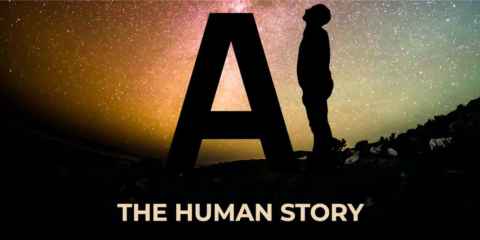
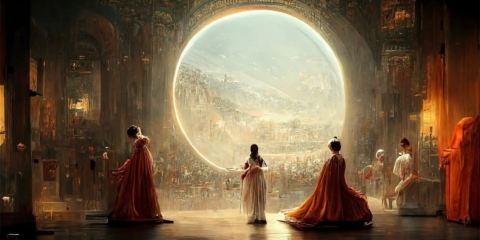
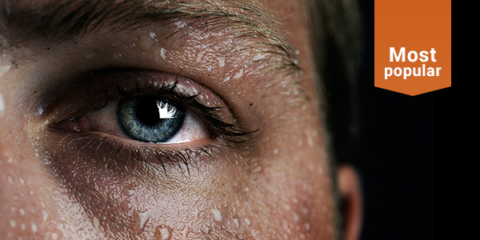
Our world is changing at an exponential rate! A big tidal wave of digital transformation and disruption is coming at us fast. Many organizations see this wave as a threat and experience stress, but there are also organizations that just see this wave as an opportunity.

Imagine sitting with just 10-15 fellow executives at a premier location, gaining clarity on the impact of AI on your industry while enjoying an exquisite dining experience. These are not just meetings—they are transformative moments that will shape the future of your organization
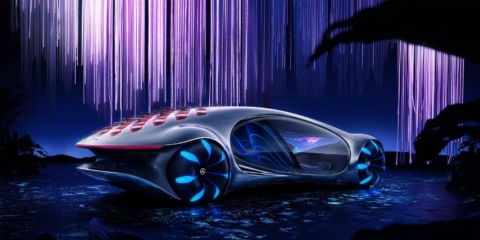
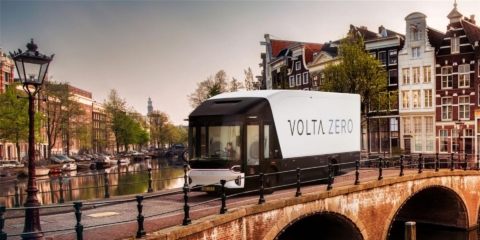
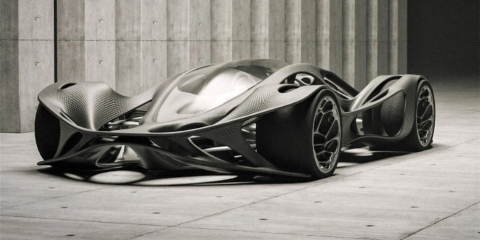
In the future, 3D printing and generative design will allow for products to be designed in a more decentralized manner, and production will take place closer to the customer and fully on-demand. 3D printing technology will also allow for more customization and personalization of products.
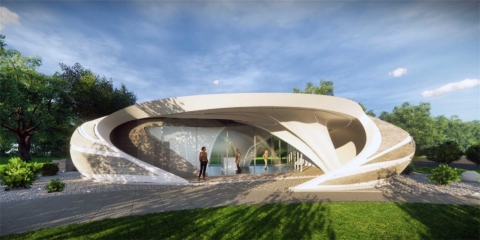
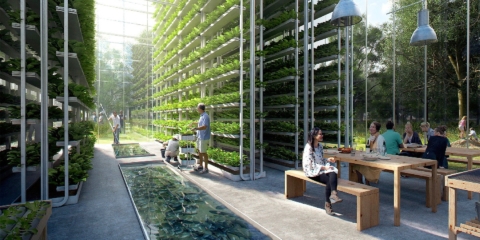
The agricultural industry is ripe for disruption. Robotics, AI, and IoT are all technologies that have the potential to radically transform the way we grow food. In combination with vertical farming, these technologies could increase the efficiency and quality of agricultural products.
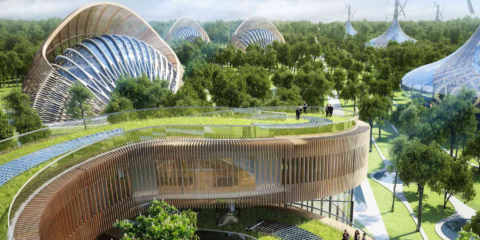
A human-centered society is one that puts people first and where technology is used to unite and empower people. It is a society that values biological life and dignity above all else. It is a society that recognizes the importance of human relationships and works to strengthen them. In a human-centered society, all members of the community are valued and treated with respect.
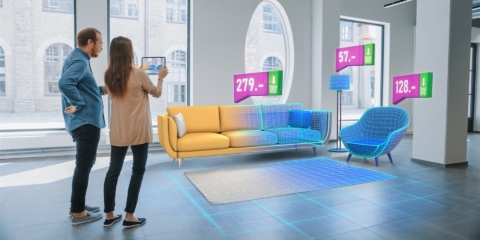
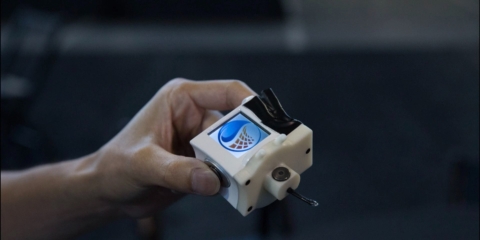
The future of healthcare is here. New technologies like AI, IoT, big data, and smart sensors make it possible to become the CEO of your own health. Imagine that your phone can listen to your voice and AI algorithms can detect small nuances in the tone of your voice that indicate specific diseases.
